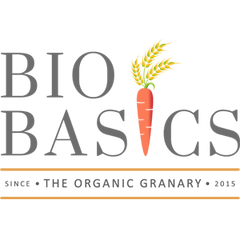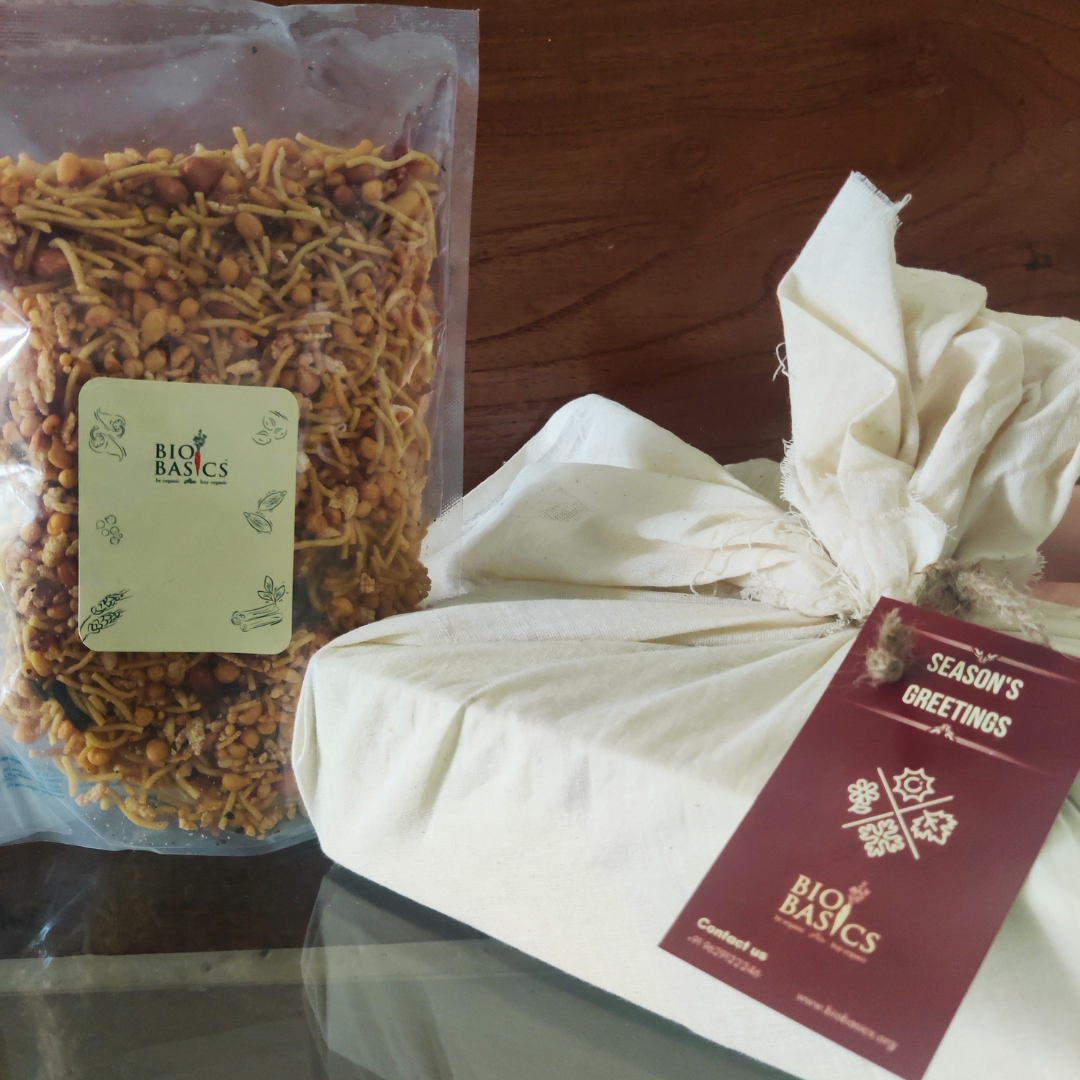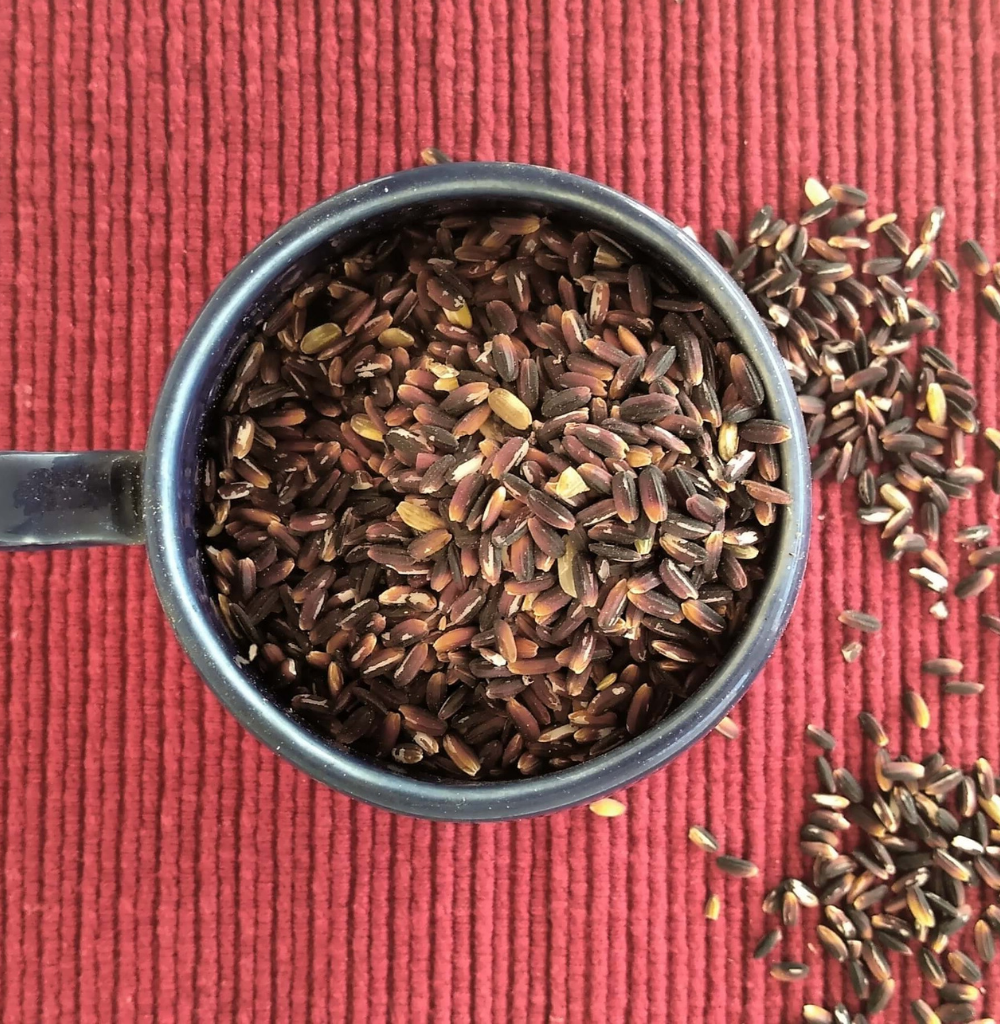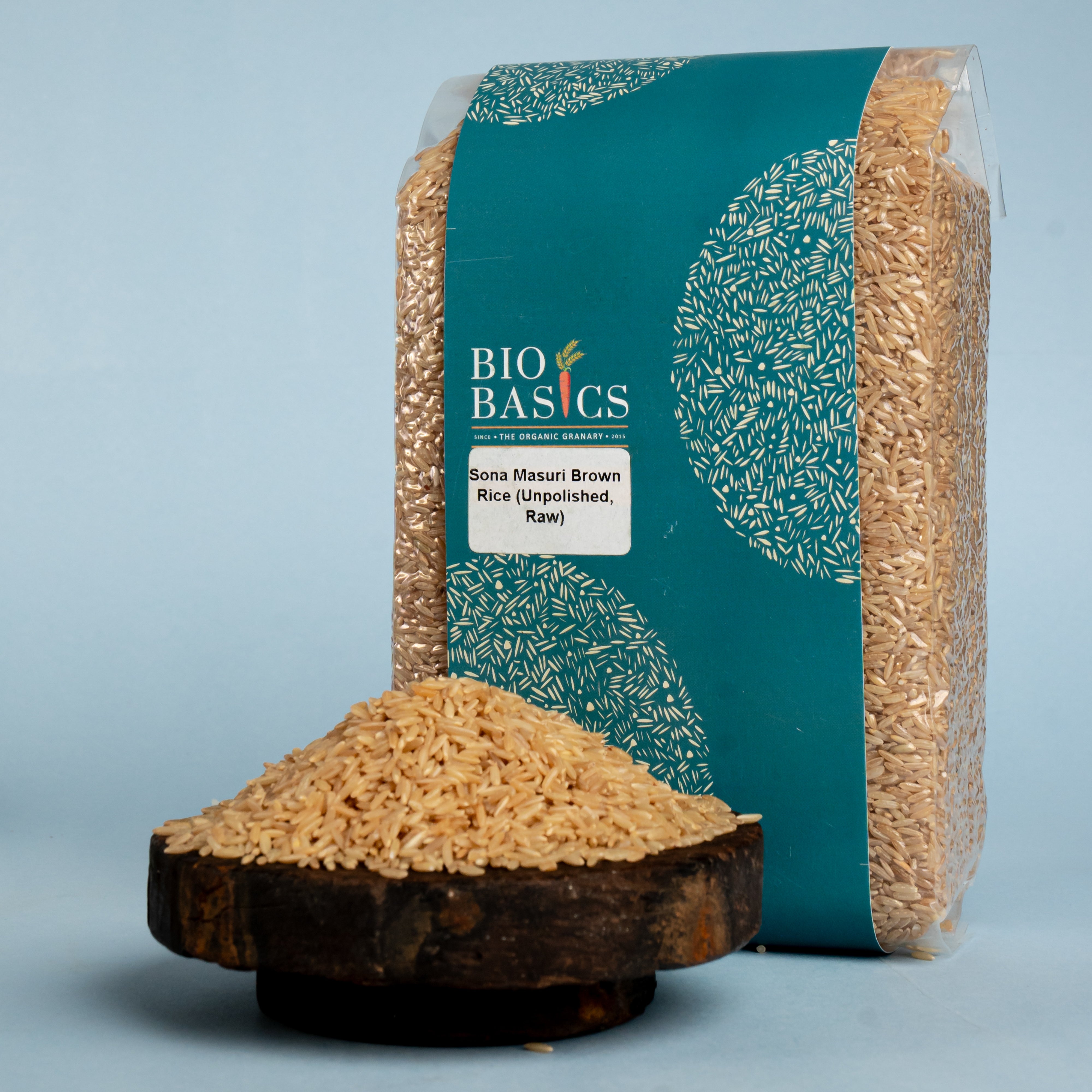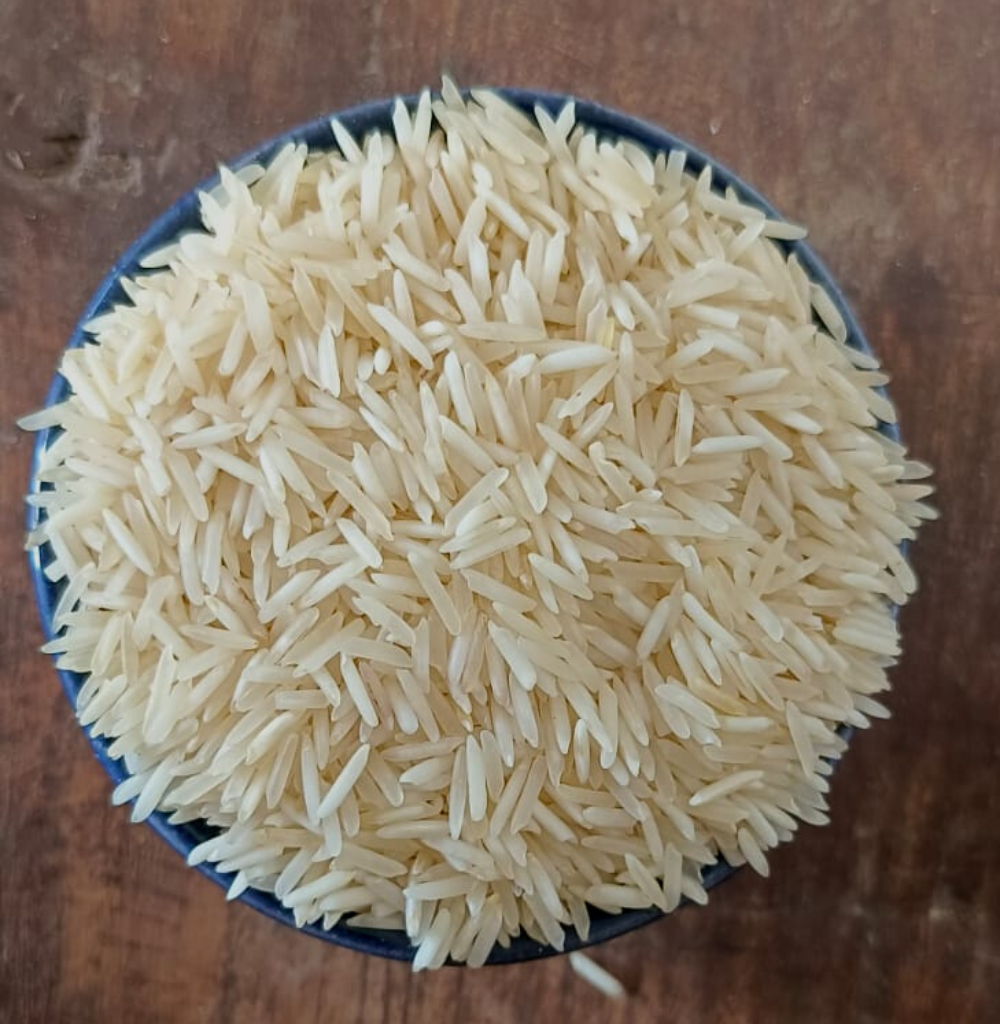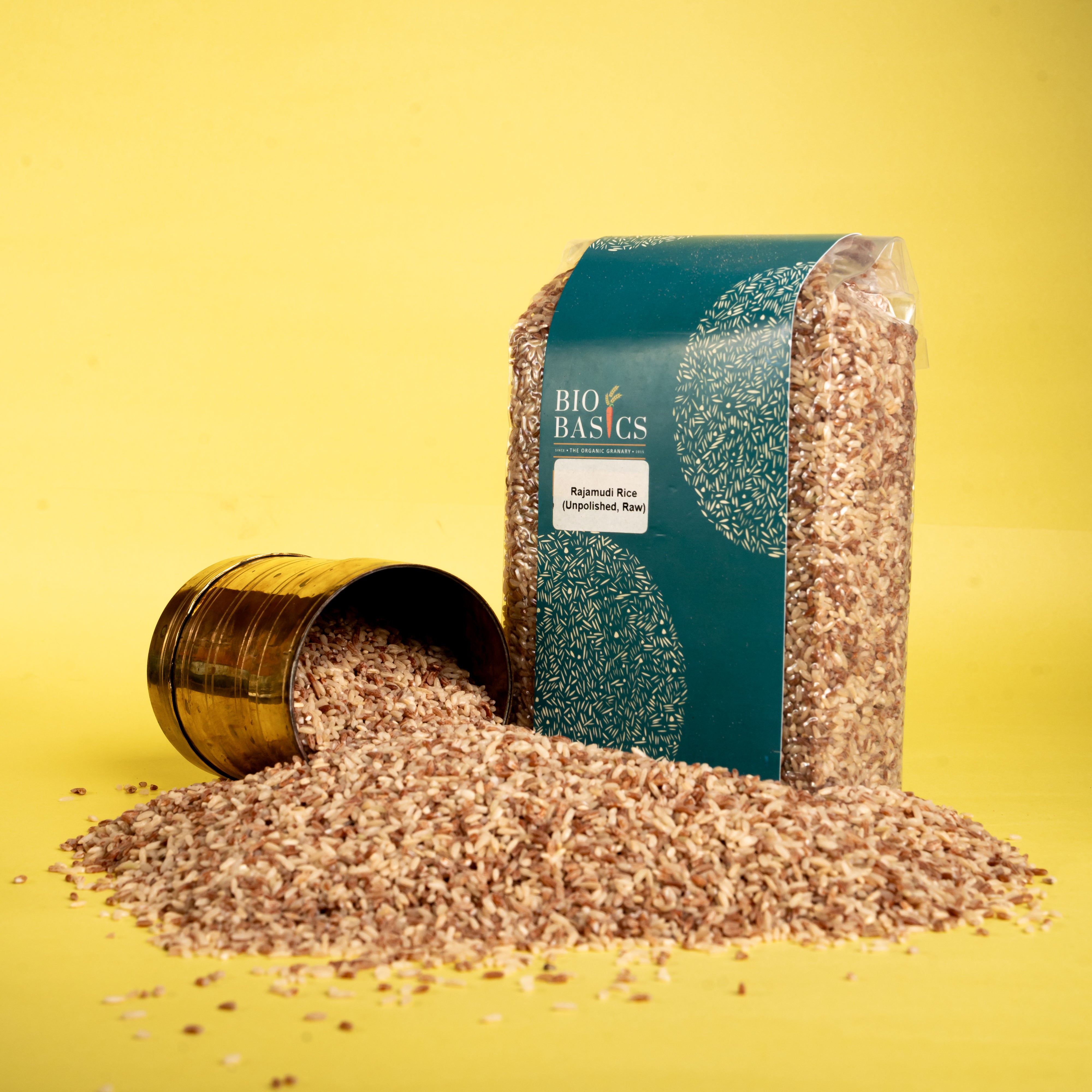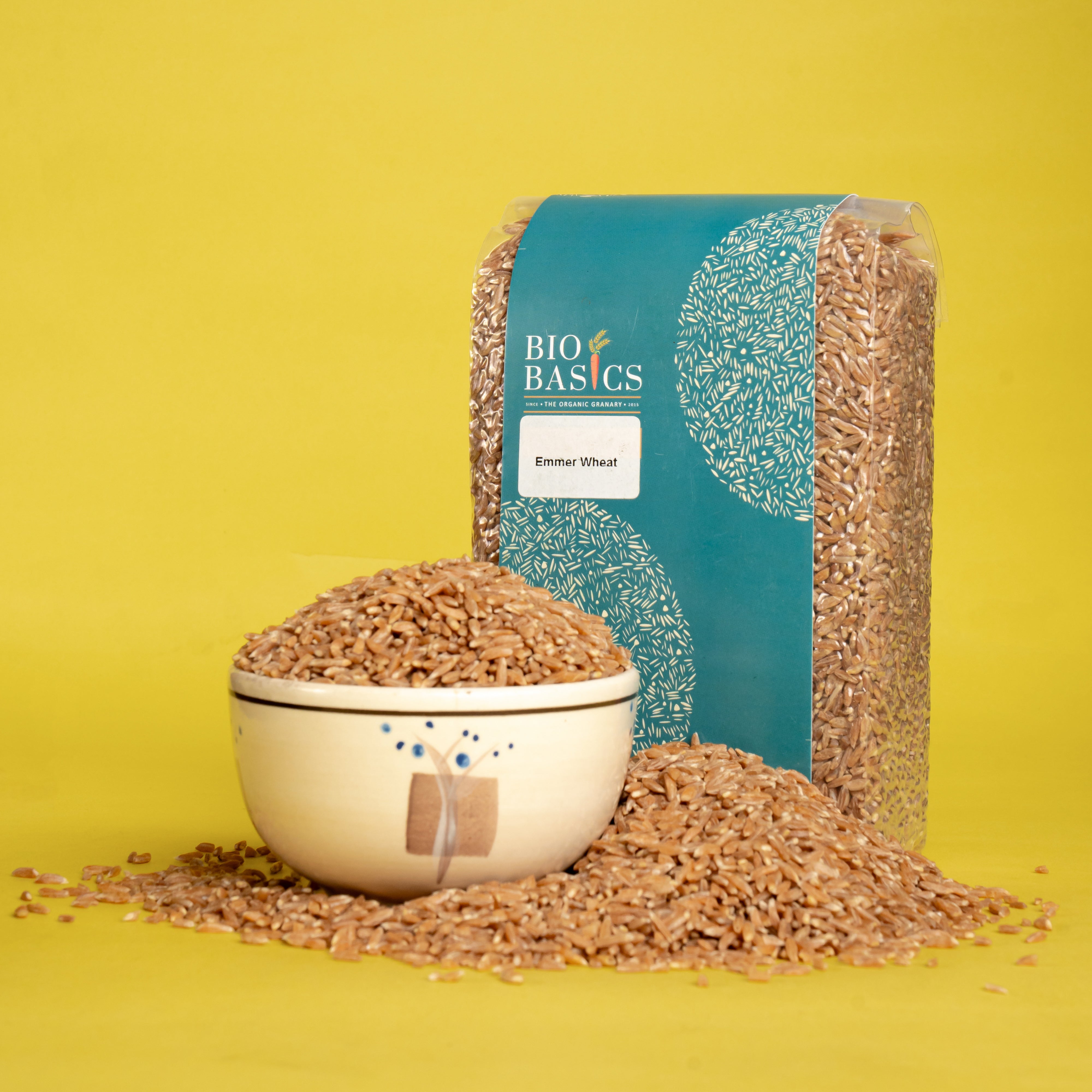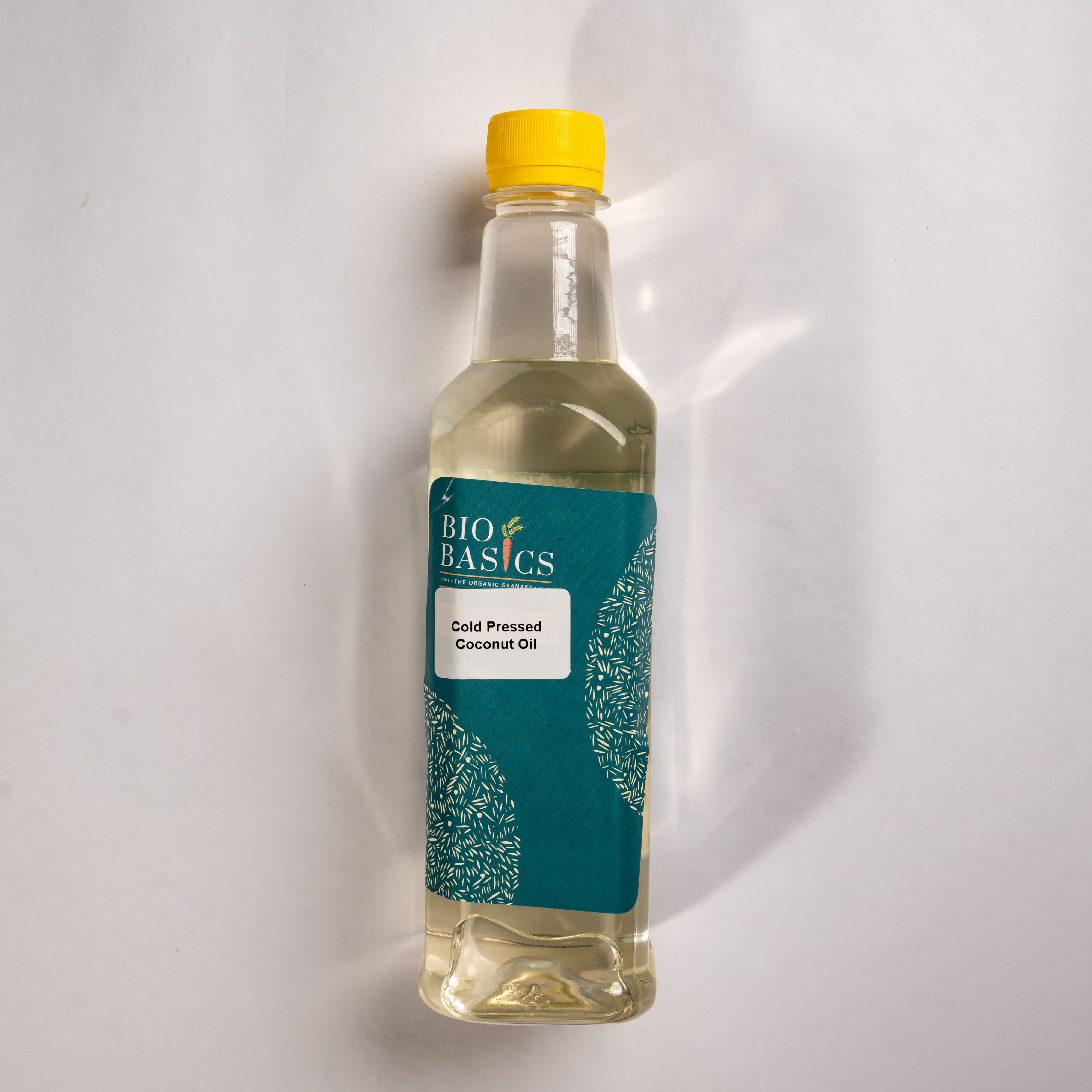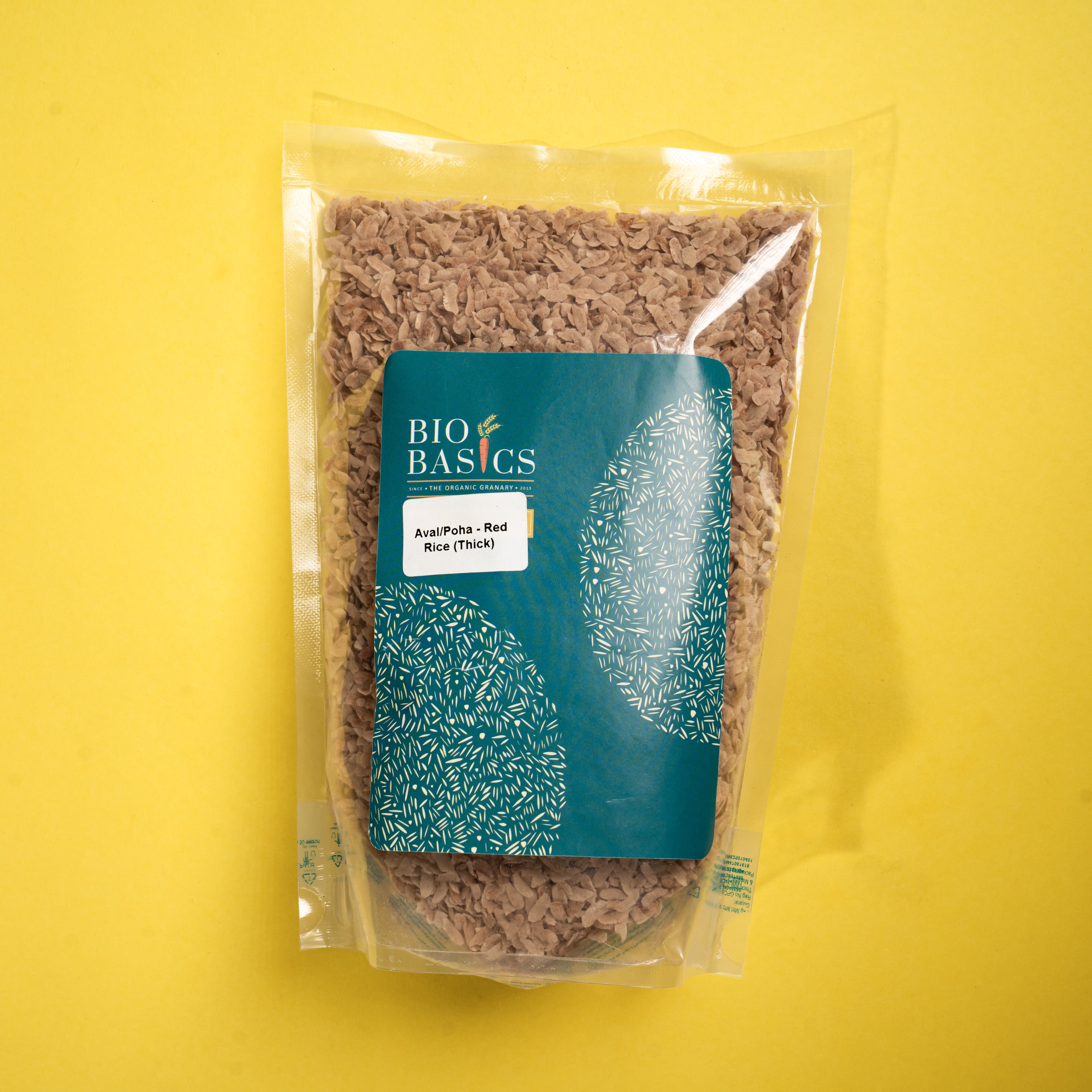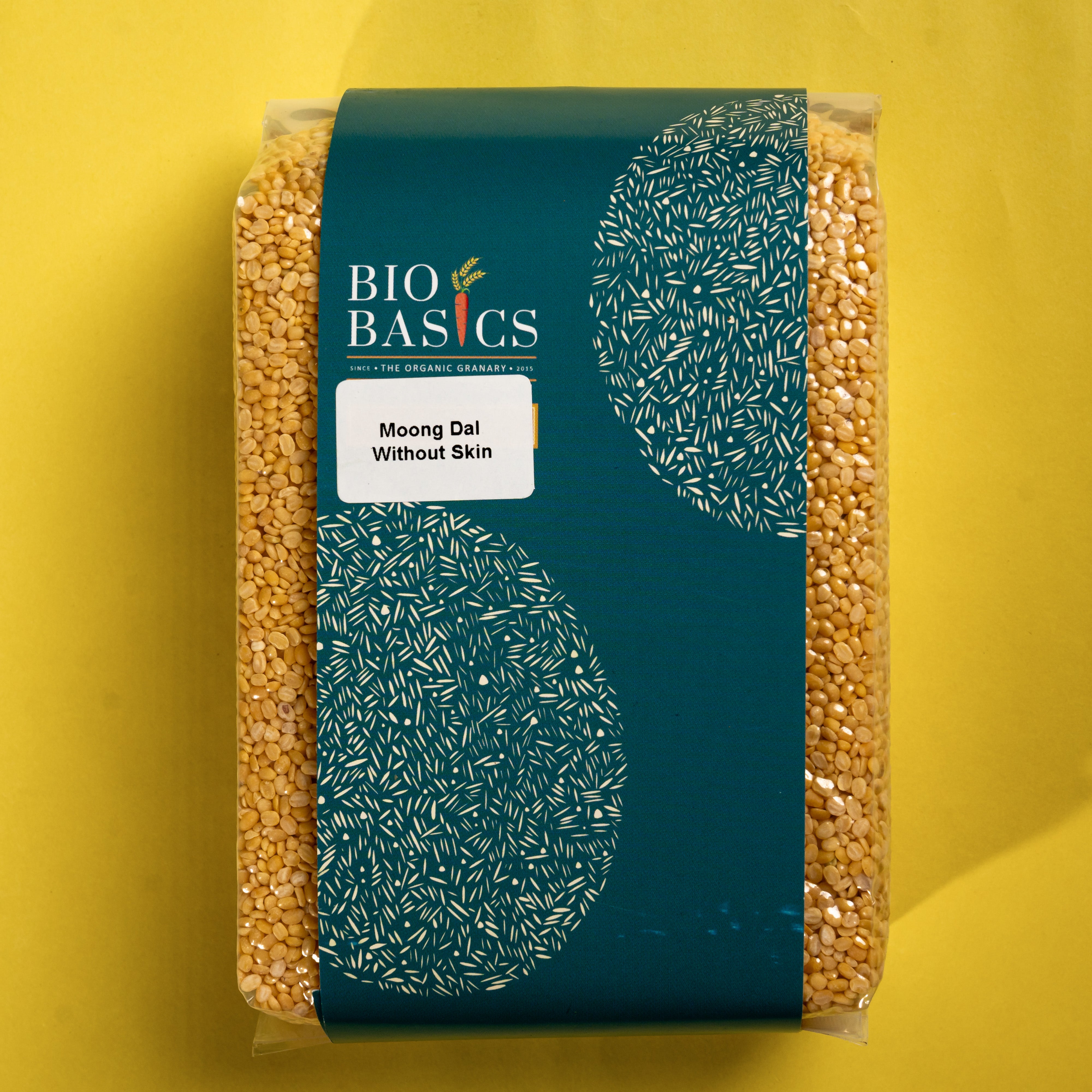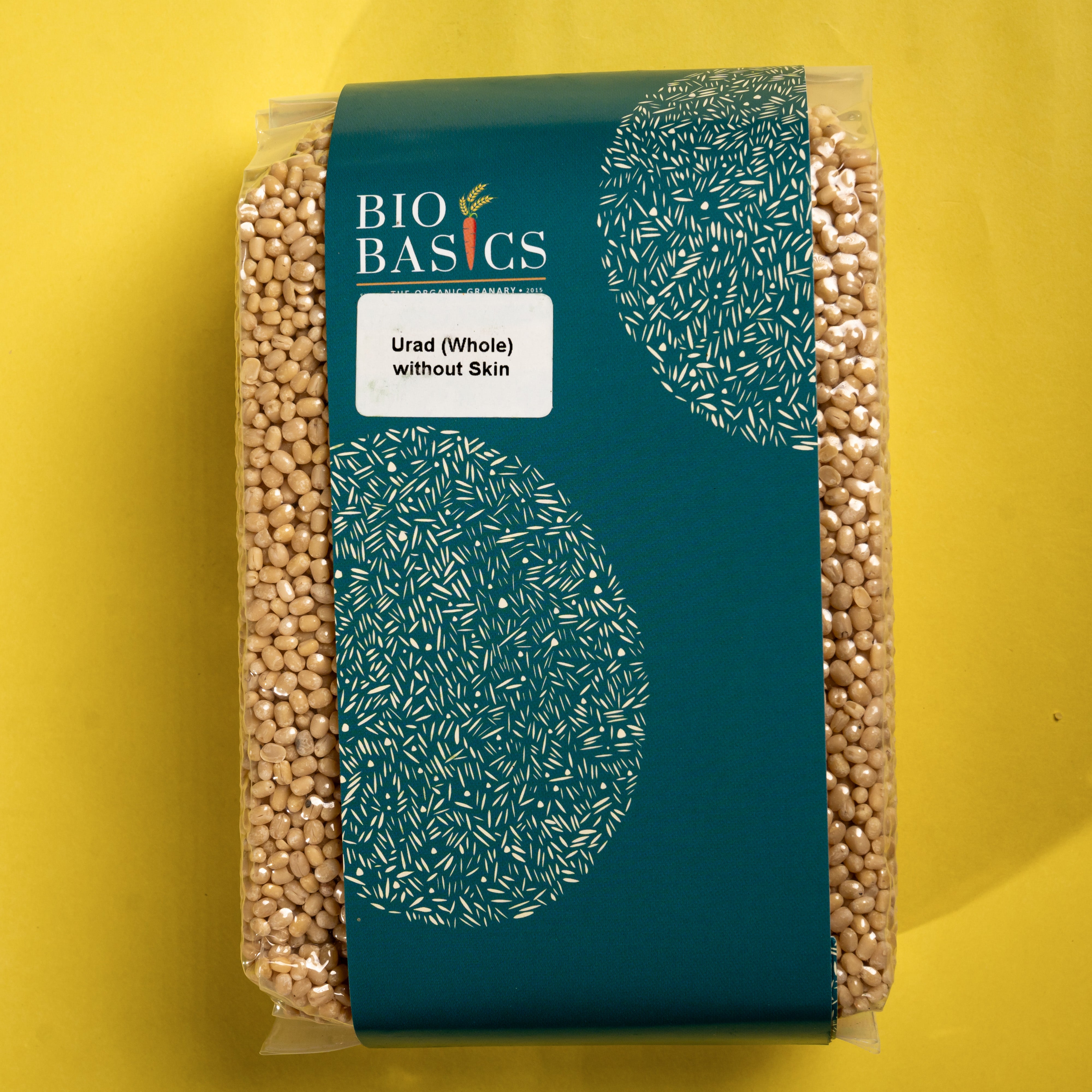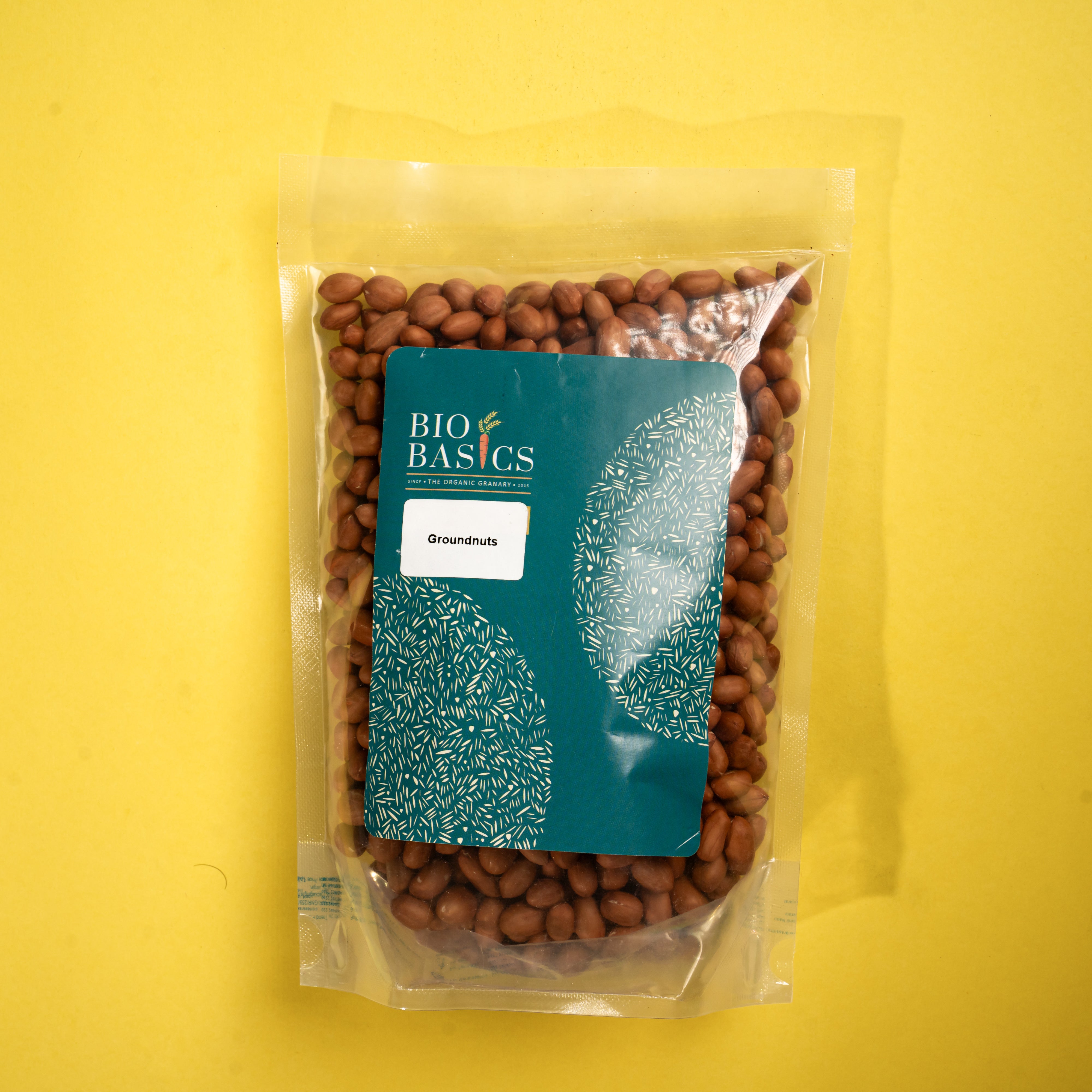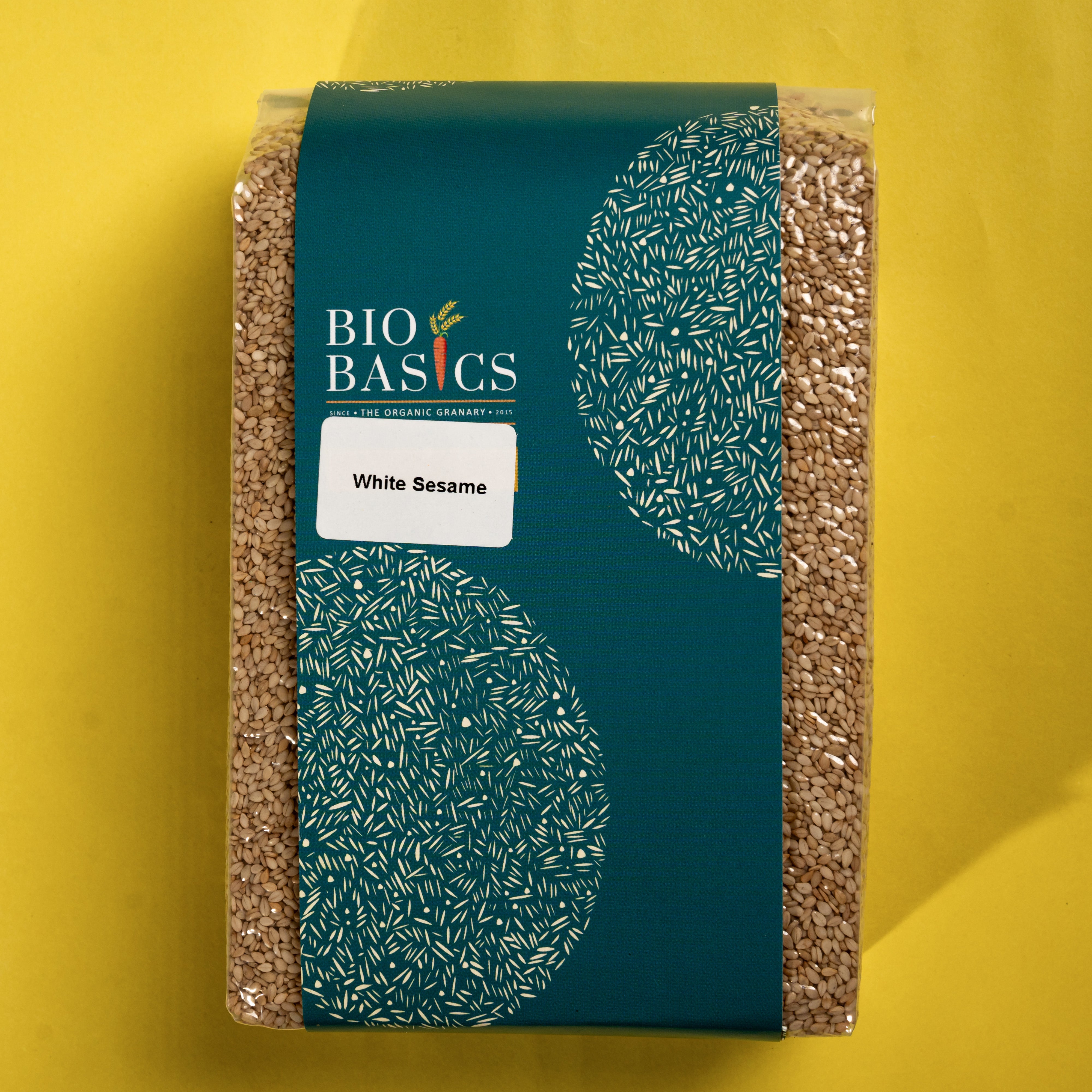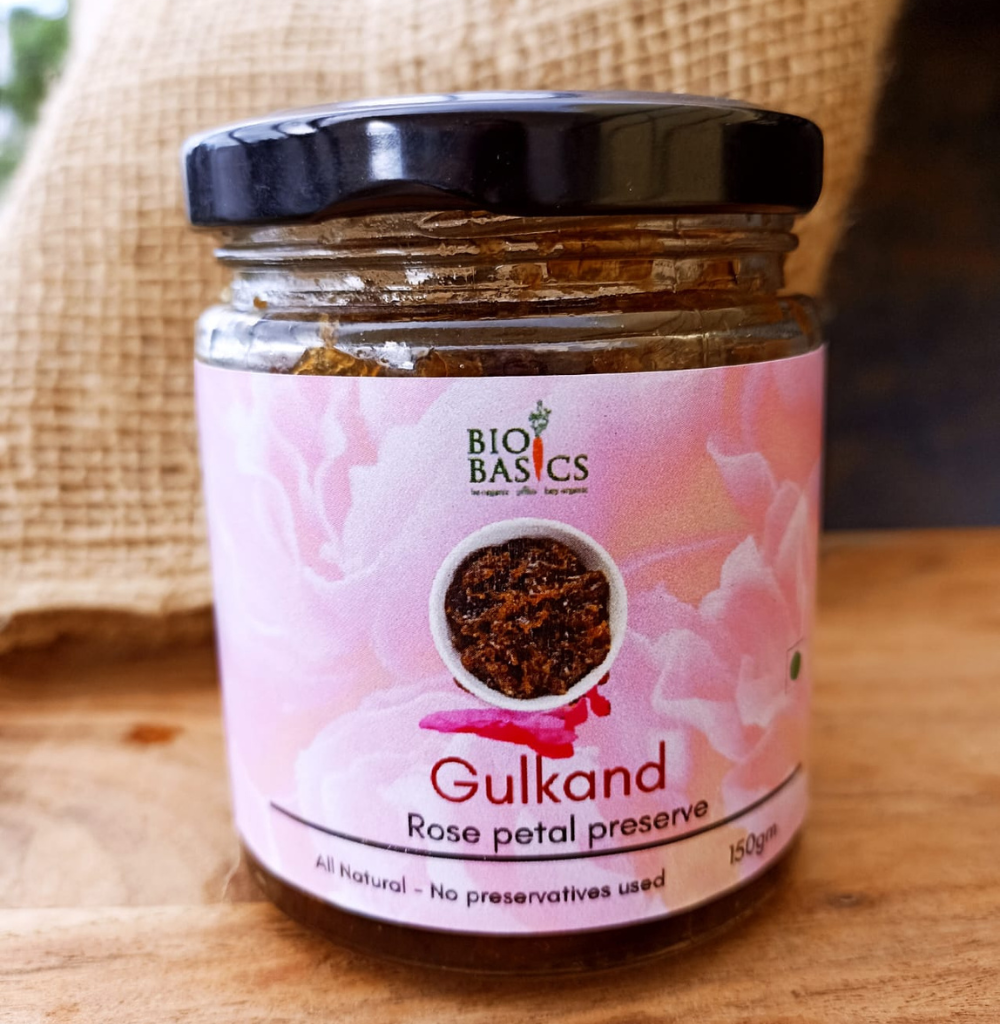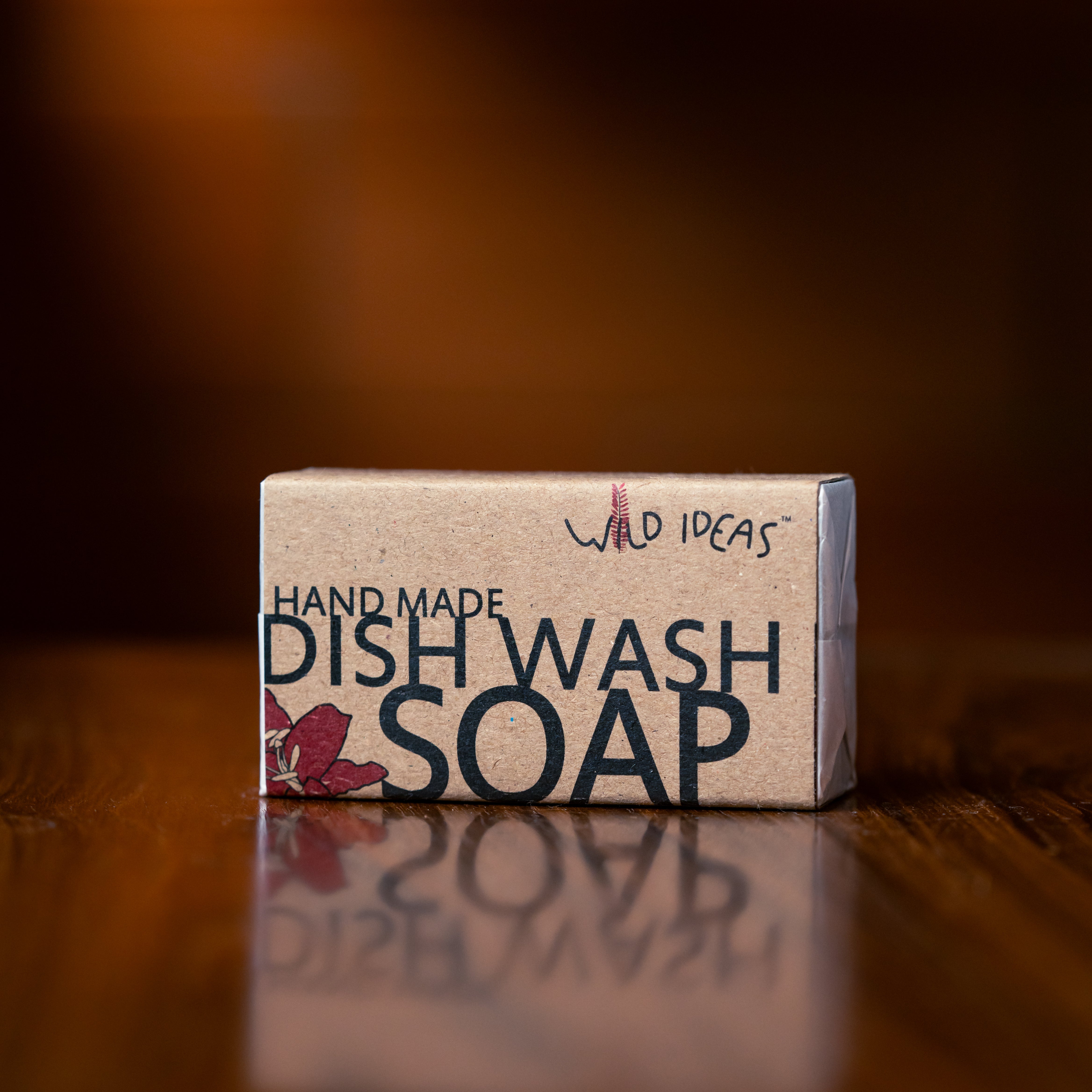
I came upon farmer Raghu and his team in an open tent at a festival, where they had set up a mini kitchen with stoves, chappati dough, plates and all. They had mounds of coconut, peanuts, onion, green chillies and coriander, all ready for their chutney. More interestingly, the women were deftly shaping the dough by hand into large, round, traditional bhakris on a wooden board.
It all looked so simple and easy. As soon as the bhakri was made, it was smoothly transferred to a tawa and came out looking perfect. We all relished it with the spicy chutney, the recipe of which Raghu shared. We learnt that the bhakri rotis were made with the elusive browntop millet, called koralu in Kannada.
I came back home, determined to prepare the bhakris, and bit dust. The dough stuck stubbornly to the rolling board and my fingers and had to be peeled off and flung, thick and shapeless, on the pan. It bore no resemblance to the ones made at Raghu’s kitchen. But the saving grace was the taste; even I couldn’t ruin the taste of the bhakris. It was delicious and, of all the millet bhakris I have ever eaten, were by far the best, and kept well even up to a month.

So what made this millet go out of favour, so much so that it almost disappeared from the farms? Seed activist Krishna Prasad, who is trying to revive this millet, grew up in the district of Tumkur in Karnataka (where farmers have to scrape a living from rocky soil and almost no water). He remembers it being cultivated there. “Most families grew koralu for their own use, but I don’t remember seeing it in the markets. At some point, people stopped growing it and, with a few successive droughts, the seeds also began to disappear. Somehow, the memory of the millet stayed with me, and in around 2009-10, we encouraged Raghu, who is also from Tumkur, to revive this millet.”
Raghu motivated the women in his village to cultivate the millet, processed it in ragi-processing machines and marketed it. The marketing was simple: wherever there was an event, they would prepare the rotis/bhakris and feed the public. That brought in the buyers. Today, from that small beginning, about 80 farmers are growing koralu on 200-plus acres of land in the State.
Inspired, I tried to make the bhakri again, with not-so-spectacular results. So I cheated a little. I added a little emmer wheat flour to the brown top millet flour, and the bhakris behaved! I also cooked the millet like rice; it is soft and mixes well with gravies.
With the ever-changing pattern of rains, we will soon have to adapt to grains that grow without a fuss. We will also have to create intermediate technology to process these grains economically and learn to prepare tasty food with it. Brown top millet could easily replace couscous. Why not add the cooked millet to a salad, or a soup, and make it a single-pot meal?
